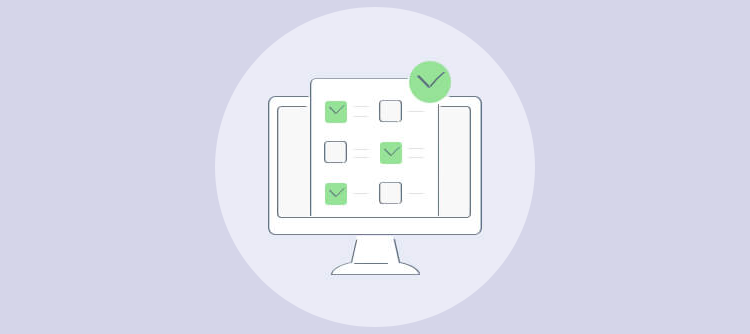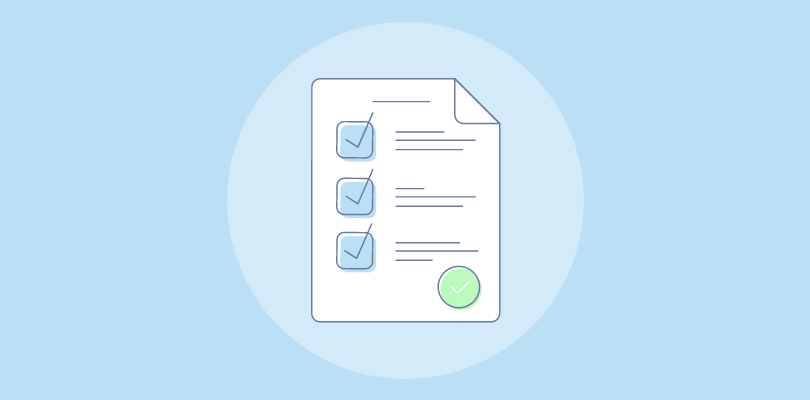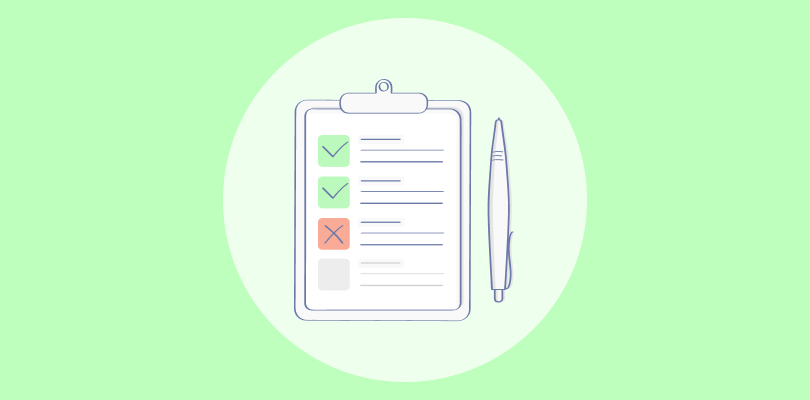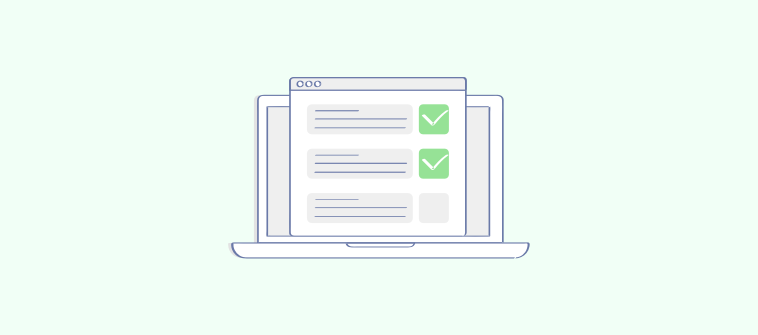Imagine being a detective, but instead of solving mysteries involving crimes, you’re tasked with unraveling the enigma of human behavior.
That’s precisely what a functional behavior assessment (FBA) is all about – a comprehensive process that delves deep into the root causes of challenging behaviors.
In the realm of business, mental health, and even education, understanding why individuals behave in certain ways is crucial for developing effective intervention strategies.
Do you wish to know more about it?
Here, I have brought a detailed guide on functional behavior assessments and how they help shape future growth in professional and educational settings.
Let’s dive deeper!
What Is a Functional Behavioral Assessment?
A functional behavior assessment (FBA) is a systematic process used to understand the purpose or function of an individual’s behavior in both educational and business employment settings. This approach involves identifying specific problem behaviors, analyzing the context in which these behaviors occur, and understanding the factors that reinforce or maintain the behavior.
Businesses can use FBA to improve employee performance or address conduct issues. For instance, if an employee constantly misses deadlines, an FBA could identify the lack of skills or motivation as the root cause, leading to targeted training or incentive programs.
In educational settings, the purpose of functional behavior assessment is to assist in developing strategies to address learner behaviors that interfere with learning, aiming to replace them with positive skills.
Let’s see a functional behavior analysis example. Suppose a learner frequently interrupts class, an FBA might reveal that the person is seeking attention. Thus, the intervention could focus on teaching the learner appropriate ways to gain attention.
Read: What Is a Behavioral Assessment & How to Conduct It in the Workplace
Who Should Conduct a Functional Behavior Assessment?
Functional Behavior Assessments (FBAs) are a valuable tool for businesses seeking to optimize employee performance and address behavioral concerns. HR professionals, industrial-organizational psychologists, or behavior analysts typically conduct FBAs in the workplace setting. These specialists possess the expertise to analyze employee work behaviors and develop targeted interventions.
Benefits of FBA in Business:
- Enhanced Performance: By identifying the root causes of problematic behaviors, FBAs can help develop strategies to improve employee productivity and efficiency.
- Reduced Conflict: FBAs can shed light on factors contributing to interpersonal issues at work, leading to more harmonious working relationships.
- Improved Morale: Addressing behavioral concerns can create a more positive and productive work environment for all employees.
While FBAs are a powerful tool in business, they can also be used in educational settings to identify the root causes of student behaviors, facilitating tailored intervention strategies. This approach enables educators to create supportive environments that enhance learning and personal growth. Through FBAs, schools can promote positive behavior changes, improving the overall educational experience for all students.
Check out this case study: How DMS Boosted Student Scores Using ProProfs Quiz Maker | Case Study
 Tips
Tips
We’d love to hear your tips & suggestions on this article!
FREE. All Features. FOREVER!
Try our Forever FREE account with all premium features!
 We'd love your feedback!
We'd love your feedback! Thanks for your feedback!
Thanks for your feedback!






